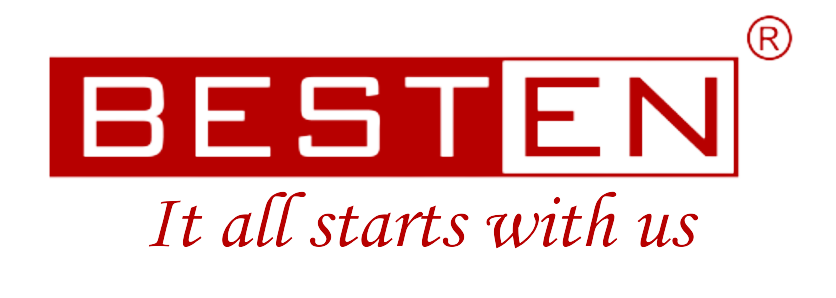What is project close-out?
Project closure is the most critical and final stage of a project’s life cycle. Design consultants and architects wrap the project along with project management consultants, vendors and contractors. This stage signals the client’s takeover of the facility and the start of operations. This phase provides for a seamless transition from construction by the contractor to operations by the client.
Steps in Project Closeout
The architects and design consultants typically go through the following steps for close out:
Final Project Inspection: The project management consultants initiate the inspection along with the contractors. This step includes thoroughly inspecting the site to ensure it is as designed. This step ends with a report signed by all, mentioning any discrepancies or issues. The PMC team ensures the contractor or vendor’s entire scope of work is per the contract before calling for inspection.
As-Built Documentation: The documents include drawings, tenders, Good for Construction drawings and As-Built Drawings. PMCs also incorporate equipment manuals, warranties, and guarantees.
Handover: The PMC ensures that all the documents and drawings are handed over to the client as a part of the closeout. The handover takes place after the training on the use and maintenance of the equipment is complete.
Final Payment: This involves checking the contractor’s and vendor’s final bills, cross-checking the payments and bank guarantees and ensuring statutory compliances by the contractor, such as ESI and labour rules. This stage also includes the preparation of the completion certificate.
Post-Completion Warranty Period: The PMCs also monitor the project during the liability and warranty periods and look for defects. They also ensure prompt communication to update the client on such claims.
Other Critical Considerations for Design Consultants and Architects
Risk Management: The consultants must identify and mitigate risks associated with the project closure phase, such as delays, disputes, and financial claims.
Legal and Contractual Compliance: The consultants also ensure that all legal and contractual obligations and the factory comply with local regulations and building codes.
Project Documentation: Architects and design consultants ensure that the entire documentation, including meeting minutes, correspondence, and inspection reports, is ready for submission to the client.
Conclusion:
The role of Design consultants and architects in project close-out is very essential. They must form a part of the close-out team.











